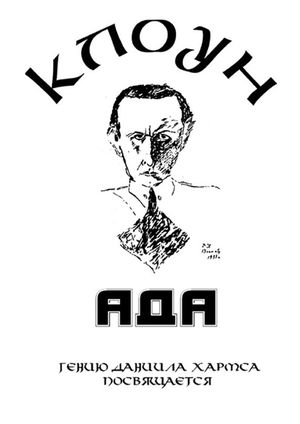Scene from Klounada (1989)
Scene Details
| Duration: 510 sec.. | Nudity: yes | Creator: supers992 |
| New Filesize: Loading... | Sound: yes | Old Filesize: 312 mb |
| File Format: AOMedia Video 1 (WebM/AV1) | Resolution: 960x720 | Added: |
Actresses in this Scene

Birth Name: Natalya Yurevna Surkova
Birth Date: 1969-10-13
Birth Place: Leningrad, USSR [now Saint Petersburg, Russia]
Details
Alternate Names: Наталья Легкова, Наталья Суркова
Physical Characteristics: N/A
Career
First Appearances:
Most Important Roles:
Career Highlights:
Awards
Awards:
Full Biography
Natalya Surkova began her acting career at age 13 on the stage of the children's theater 'Smile'. She later worked with theater-Studio 'Neo', but left to join Tatiana Zakharova's theater studio at the Palace of Culture Gorky, which eventually became 'Theater workshop 21'. Today, she works as an actress and director in the theater workshop 'Fair'. Surkova is known for her film and TV work.
About the Movie: Klounada (1989)

Alternative Title: Clownery, ClownHell, КлоунАда
Director: Dmitri Frolov
Writer: Daniil Kharms, Dmitri Frolov
Production & Genre
Producer(s): Producer: Dmitri Frolov, Mark Nahamkin
Companies: NEO-film, НЕО-фильм
Genre: Comedy, Drama, French Impressionist Cinema
Awards & Similar
Awards:
Similar:
Keywords
Keywords: absurdism, avant-garde, dramedy, kharms
Story
Klounada, directed by Dmitri Frolov in 1989, is a tragicomic exploration of absurdism based on the works of Daniil Kharms (1905-1942). Set in the style and atmosphere of the 1930s, when Kharms' creative peak was reached, the film aims to recreate reality through period-specific filming styles and aged sound. The narrative is a world of illusions, allusions, and associations, reflecting the stream of consciousness of an artist living in an era of silence.
Summary
Klounada is a Soviet film directed by Dmitri Frolov in 1989, blending genres of comedy and drama with elements of French Impressionist Cinema. It's a significant work in avant-garde cinema, deeply rooted in the absurdism of Daniil Kharms' literary works. The film is notable for its unique exploration of Kharms' creative peak during the 1930s, immersing viewers in an atmospheric recreation of that era. Its themes revolve around artistic expression and the challenges of navigating a world filled with illusions and silence.


